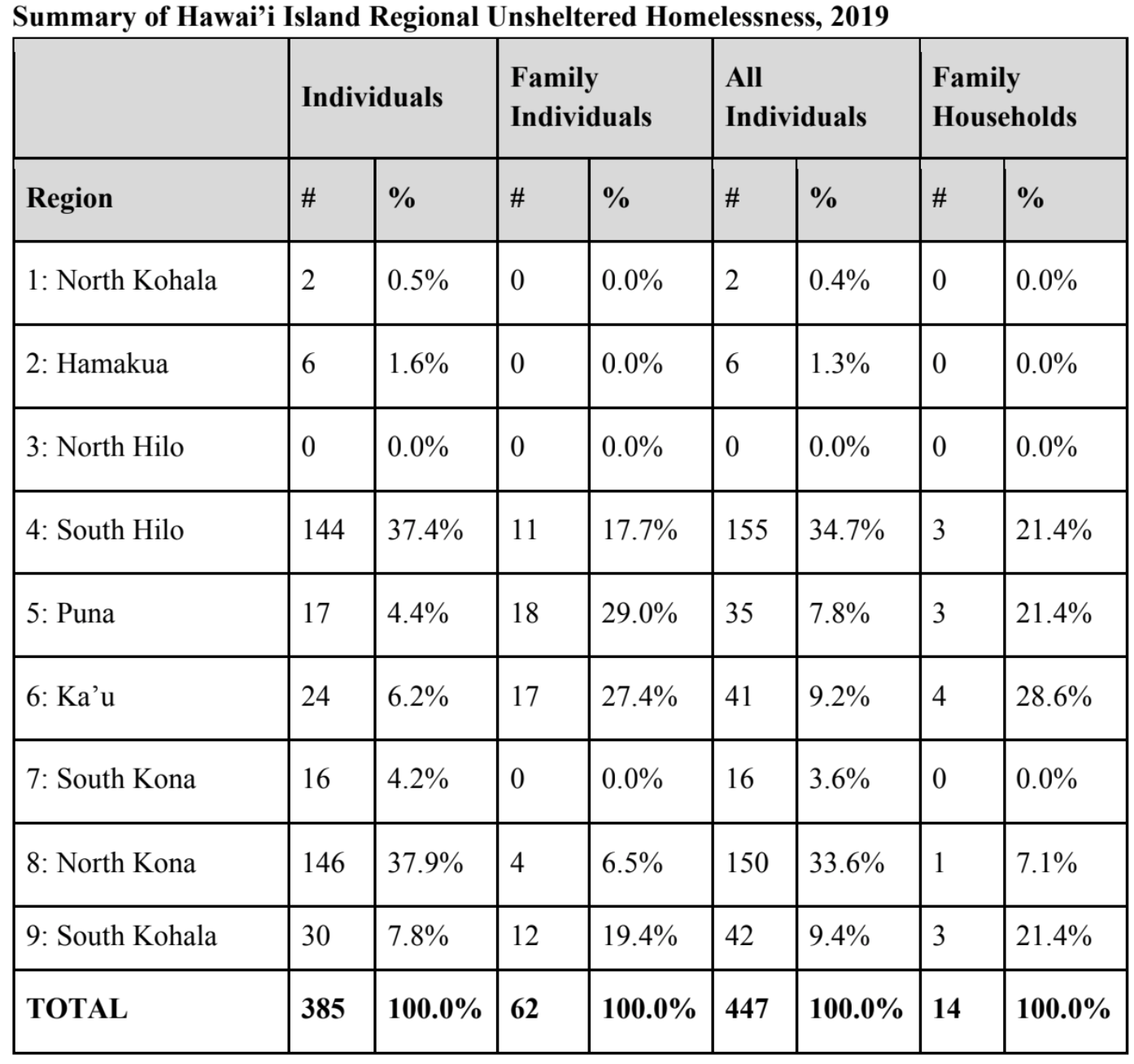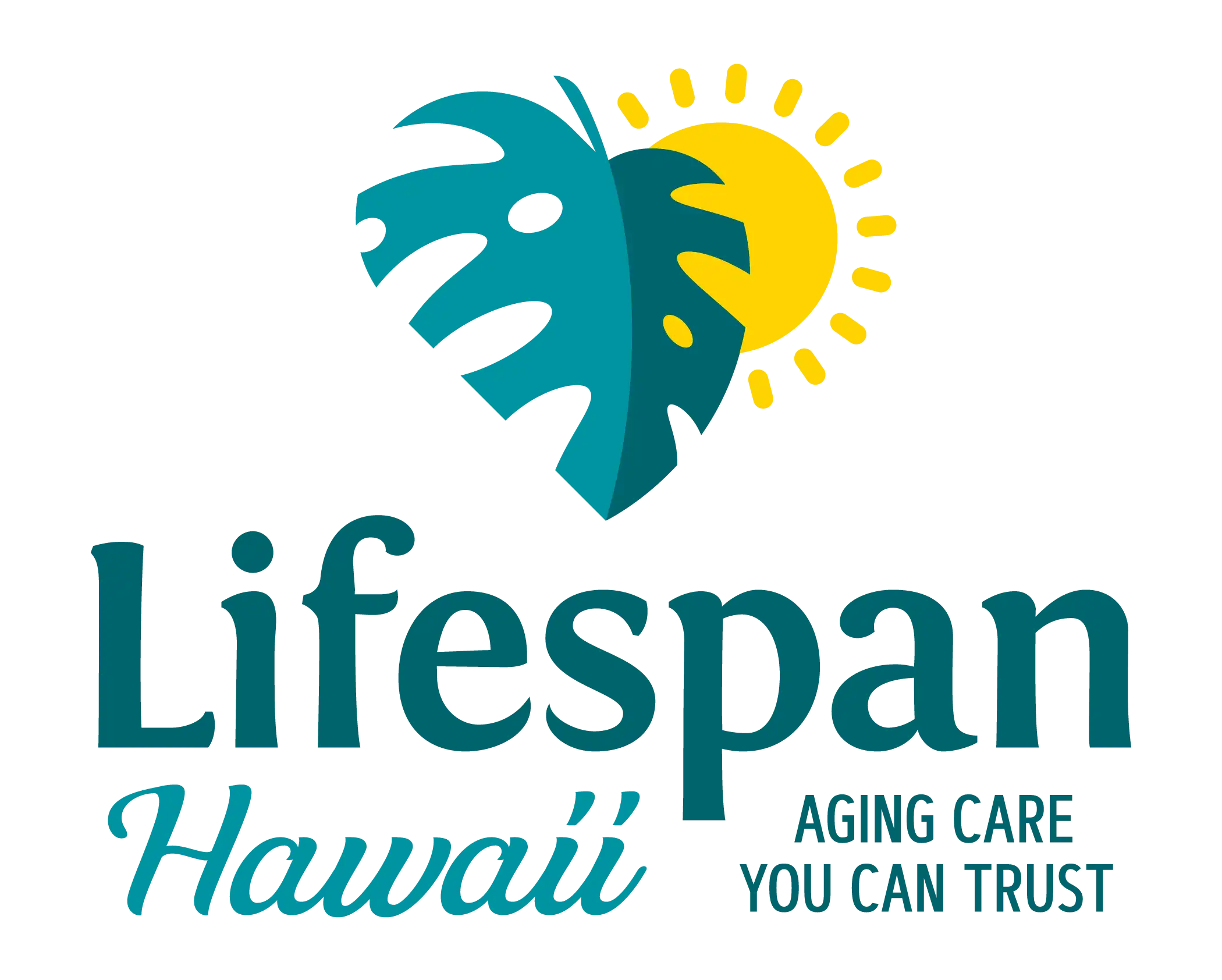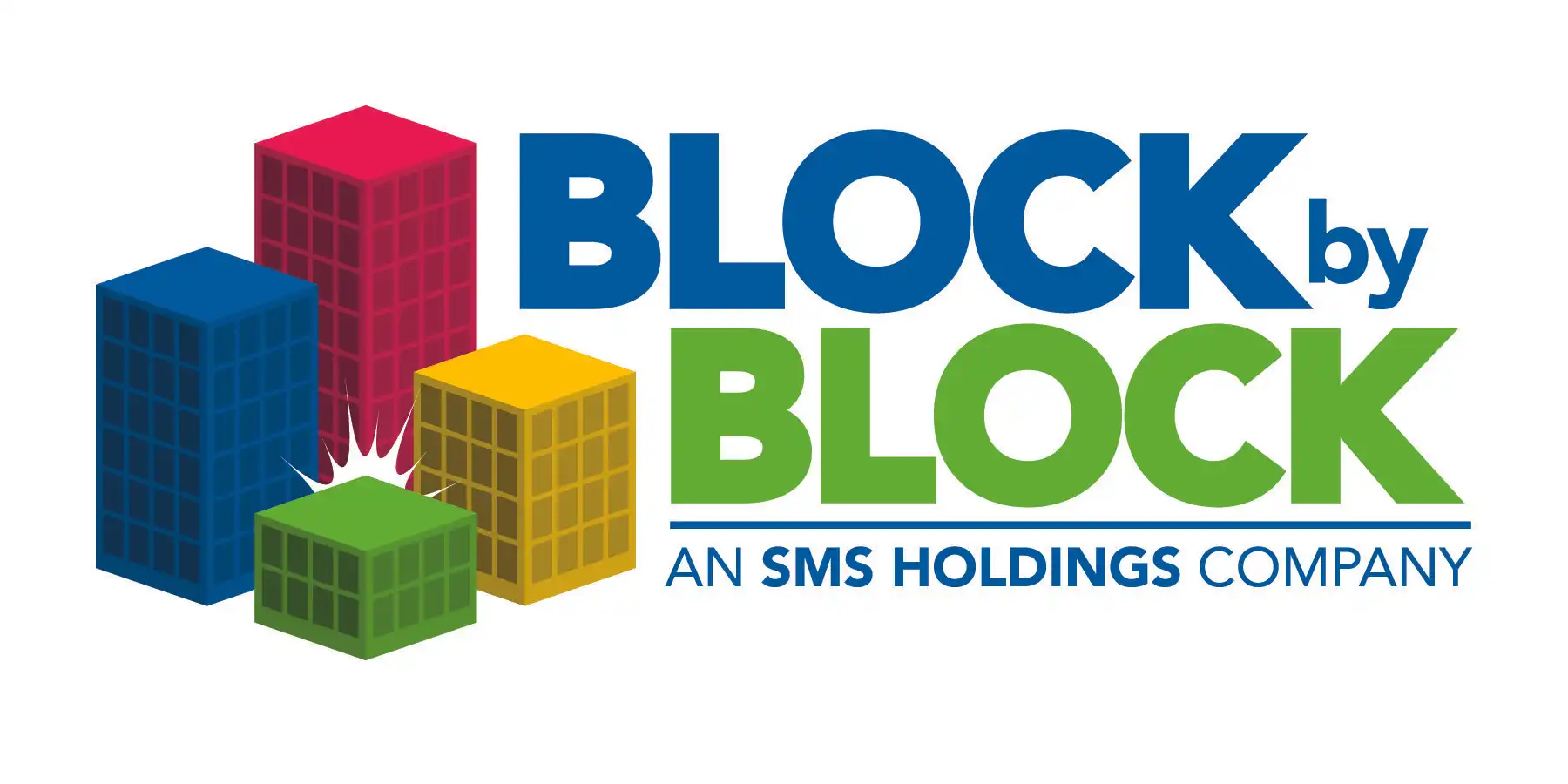Big Island Homelessness Decreases Despite Displacement Due to Natural Disasters
In January 2019, the Big Island joined counties across the nation conducting the Homeless Point In Time Count, an annual survey of people experiencing homelessness.
While the Point In Time Count does not capture every person experiencing homelessness, it provides a one-night snapshot of homelessness on Hawai‘i Island, Maui and Kaua‘i.
This year, Bridging the Gap canvassed parks, beaches and other areas, asking people “Where did you sleep on January 22nd?” The federally mandated survey seeks to count anyone who slept on the street, in a car or in other areas not meant for human habitation.
Hawaiʻi Island experienced the largest overall decrease, with a 21% drop in homelessness.
Sixty-seven people on the Big Island stated their homelessness was caused by natural disasters.
VIDEO: Videographer Mick Kalber’s footage of an overflight of the Kapoho area of the Big Island on Tuesday, June 5, 2018, with Paradise Helicopters.
Eleven of the 447 unsheltered (2%) indicated that their homelessness was because of Hurricane Lane (August 2018) and 26 of the 447 unsheltered (6%) stated that their homelessness was because of Kīlauea’s eruptions.
Despite the natural disasters, the 2019 Point in Time Count results showed that Hawaiʻi County made significant gains in addressing homelessness.
1. Overall homelessness decreased by 21%.
a. Unsheltered homelessness decreased 33% over the previous year, and unsheltered homelessness reached its lowest level in six years.
b. Sheltered homelessness increased 22%, largely attributable to two new disaster shelters opening in Pahoa.
2. Family homelessness decreased by 37% (87 families in 2018 to 55 families in 2019).
3. Veteran homelessness remained the same.
https://www.facebook.com/BigIslandNow/videos/284950415436769/
VIDEO: Chong Street swim hole during Hurricane Lane, August 2018. VC: BIN
Unsheltered homelessness declined in 33% in Hawai‘i County. The number of persons living in emergency or transitional shelters increased 8% from 705 to 758, with increases on Hawai‘i and Maui, while Kaua‘i reported a modest decrease.
“The substantial decrease was a surprise, since last year’s natural disasters displaced more people than usual,” said Bridging the Gap Chair Brandee Menino.
“Even though the data shows that homelessness is on the decline, there is still much work to do. We need to continue to invest in affordable housing, and maintain Housing First and Rapid Re-housing programs,” said Maude Cumming, former chair of Bridging the Gap.
The data collected is compared county-to-county and year-to-year to help stakeholders understand homelessness in their districts.
Overall results from the 2019 Hawai‘i Neighbor Islands’ Point In Time (PIT) Count conducted on Jan. 22, 2019, revealed the following:
- Overall homelessness decreased by 2% (2,035 persons in 2018 to 1,995 persons in 2019).
- Family homelessness decreased by 18% (216 families in 2018 to 177 families in 2019).
- Veteran homelessness decreased by 3%.
- Youth homelessness decreased by 11%.
The 2019 overall decrease was fueled by a 7% decrease in unsheltered homelessness to 1,237 persons compared to 1,330 in 2018. Unsheltered homelessness declined on two of the three rural counties—Hawai‘i (33%) and Maui (7%). This continues a three-year downward unsheltered trend, using 2016 as the baseline year. The number of persons living in emergency or transitional shelters increased 8% from 705 to 758, with increases on Hawai‘i and Maui, while Kaua‘i reported a modest decrease.
Bridging the Gap, which represents Hawai‘i County, Maui County and Kaua‘i County, is the Neighbor Island’s Continuum of Care (CoC). A COC is a local planning body designed to promote community-wide commitment to the goal of ending homelessness.
OVERALL NEIGHBOR ISLANDS STATISTICS AND TRENDS
The following table summarizes the total number of sheltered and unsheltered homeless over the
last five years, while also providing the proportion for each component relative to the total. The 2019 sheltered count rose by 8%, due in large part to the inclusion of the disaster related shelters on Hawai‘i Island, which accounted for 30 total people.
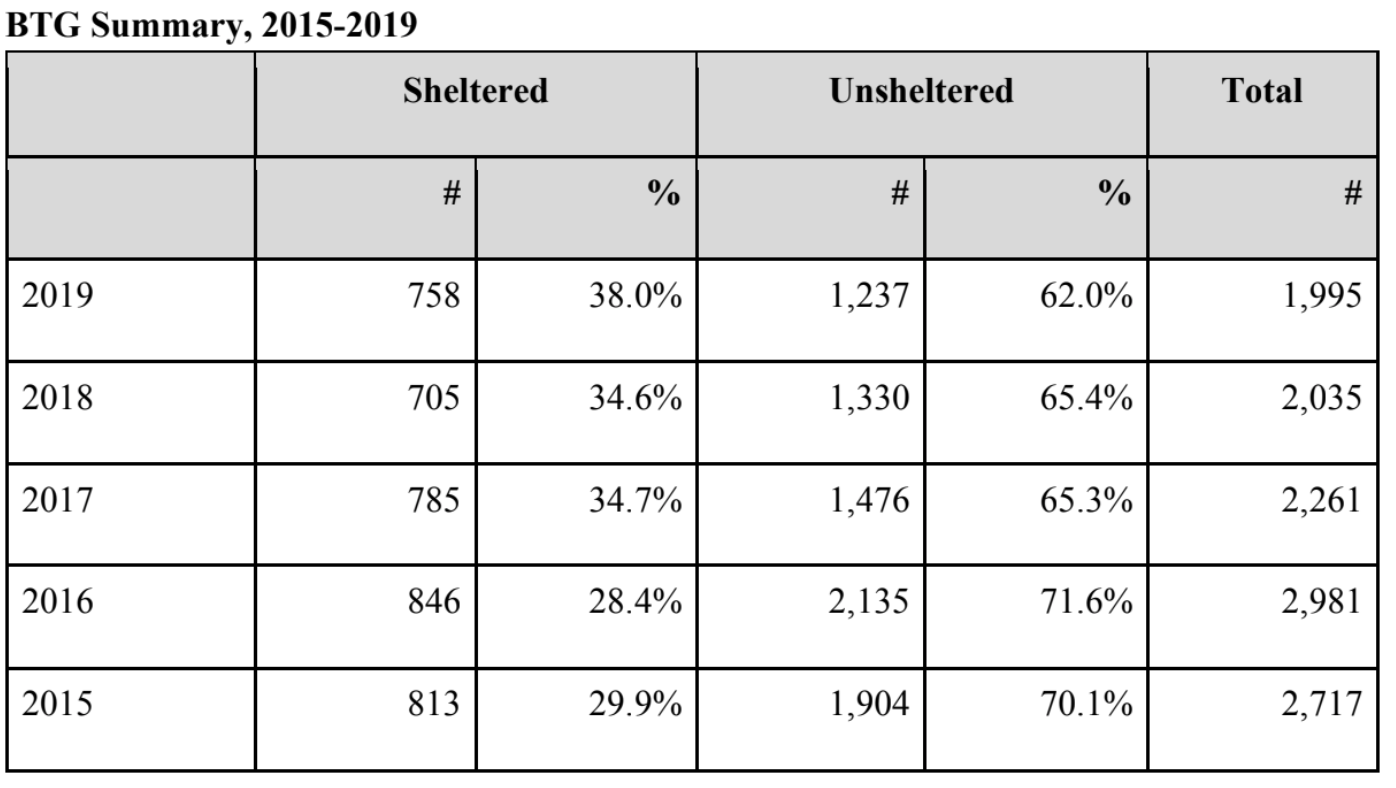
Disaster-related homelessness: In 2019, the CoC elected to include brief survey questions related to the natural disasters that occurred on Kaua‘i and Hawai‘i islands during 2018. Based on the unsheltered data that was collected, 14 of the 348 unsheltered on Kaua‘i (4%) responded that their homelessness was directly caused by the flooding that occurred on Kaua‘i’s North Shore during April 2018.
MAUI COUNTY
Regional Summary of Total Unsheltered Persons Experiencing Homelessness in Maui County:
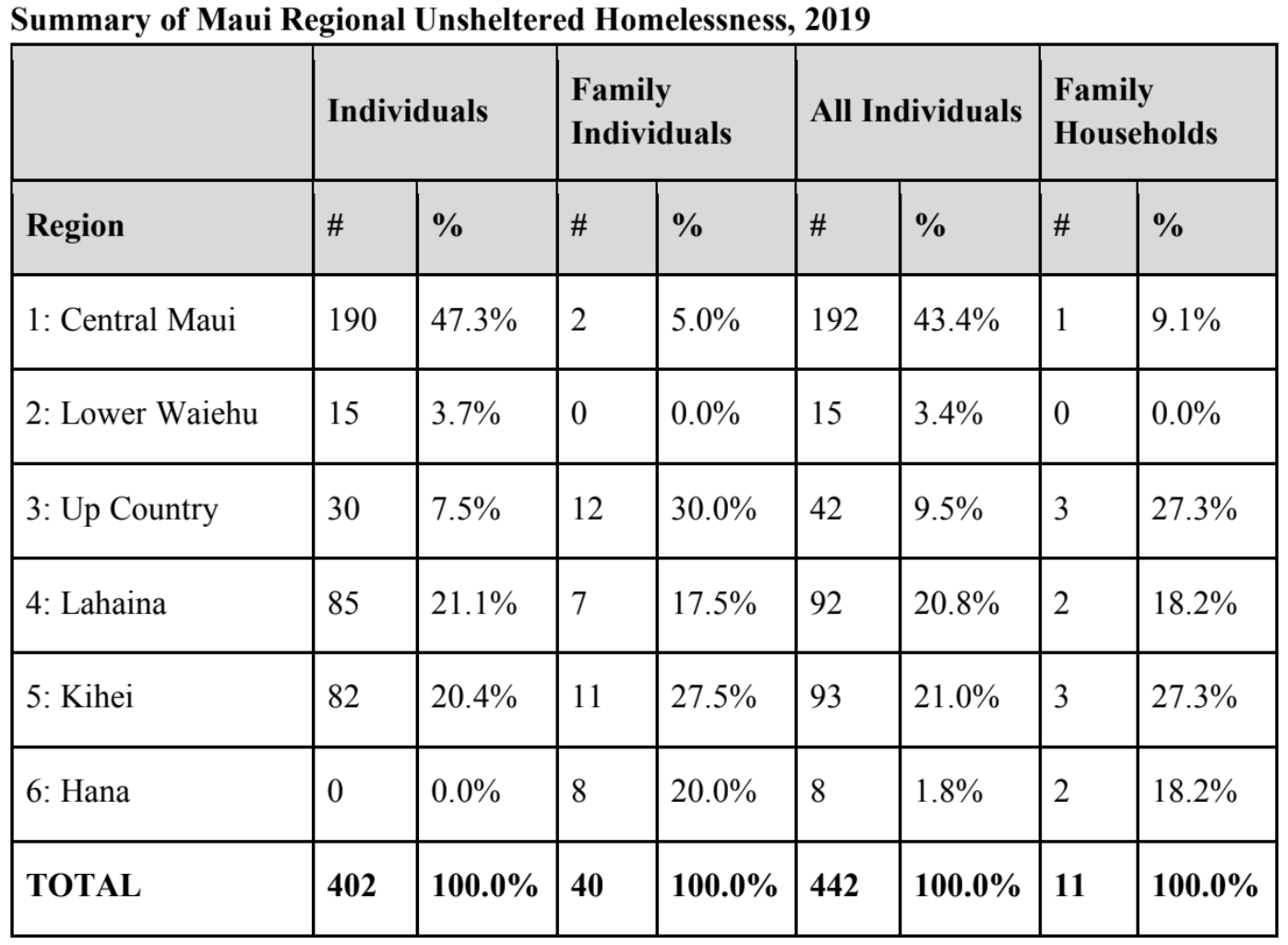
Maui County: In 2019, total homelessness decreased for the third year in a row.
1. Overall homelessness decreased by 1%
a. Unsheltered homelessness saw a slight 7% decline over the previous year.
b. Sheltered homelessness ticked up 5% compared with 2018.
2. Family homelessness decreased by 9% (99 families in 2018 to 90 families in 2019).
3. Veteran homelessness decreased by 21% (62 veterans in 2018 to 46 veterans in
2019)
KAUA‘I COUNTY
Regional Summary of Total Unsheltered Persons Experiencing Homelessness in Kaua‘i County:
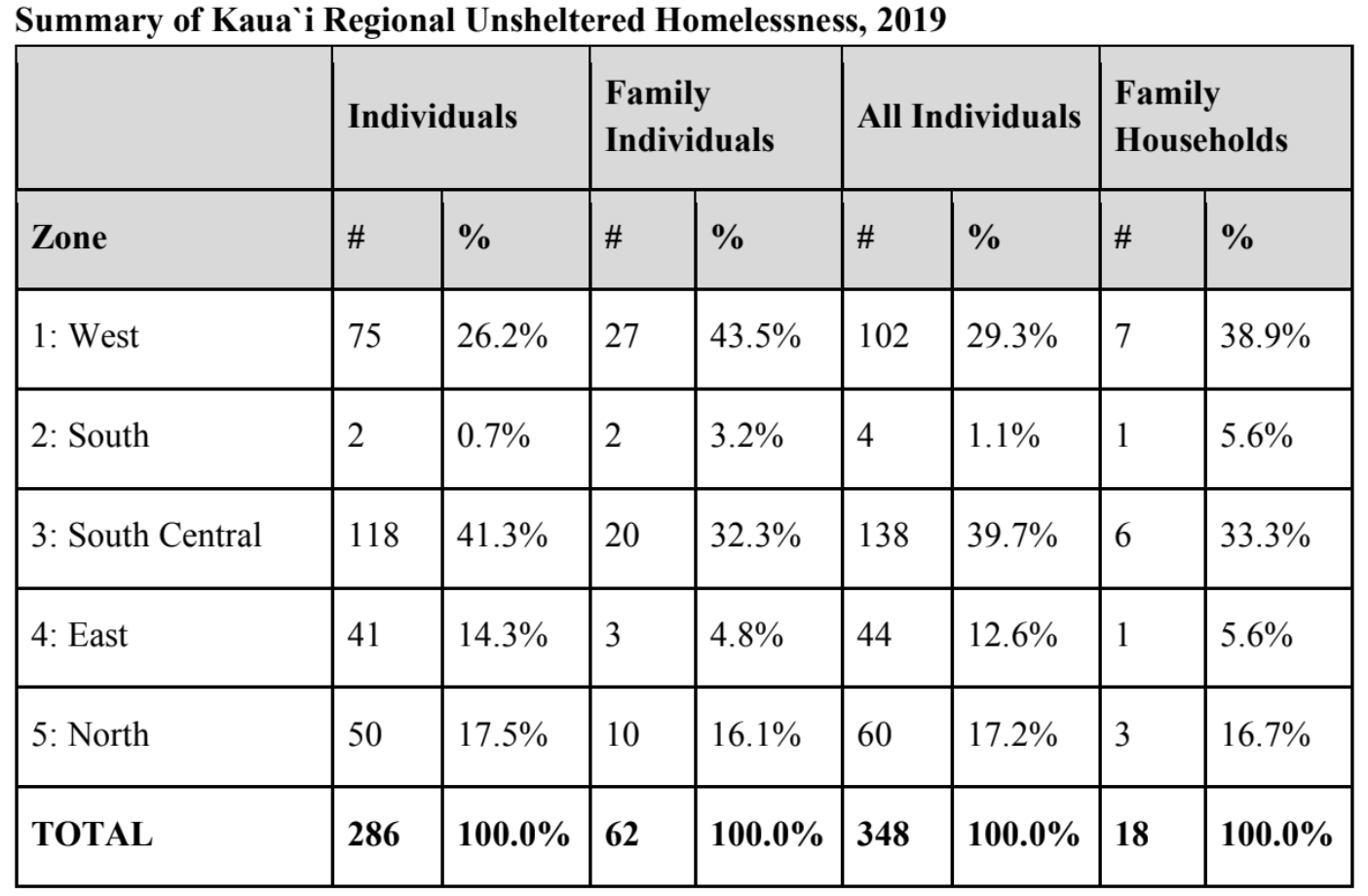
Kaua‘i County: After two years of decreases, total homelessness in 2019 increased over the previous year.
1. Overall homelessness increased by 51%
a. Unsheltered homelessness increased by 86%.
b. Sheltered homelessness dipped 10% compared with 2018.
2. Family homelessness increased by 7% (30 families in 2018 to 32 families in 2019).
3. Veteran homelessness increased by 86% (14 veterans in 2018 to 26 veterans in
2019).
COMMUNITY SOLUTIONS TO ADDRESS HOMELESSNESS BUILD AND ACQUIRE AFFORDABLE HOUSING:
Hawaiʻi can dedicate itself to increasing the supply of housing and creating new housing opportunities.
MAINTAIN RAPID RE-HOUSING PROGRAMS: Rapid re-housing is an intervention designed to help individuals and families exit homelessness quickly and return to permanent housing by providing three core program components, including housing identification, time limited financial assistance and housing based case management services. According to the National Low Income and Housing Coalition, “Out of Reach 2018” study, Hawai‘i has the highest housing wage in the country. In order to afford a two-bedroom unit, residents must earn $25.42/hour in Hawaiʻi County, $29.06/hour in Kaua‘i County and $31.13/hour in Maui County.
MAINTAIN PERMANENT SUPPORTIVE HOUSING PROGRAMS: For chronically homeless individuals (those with a disability and long history of homelessness), stable housing and support services is the foundation for stability. Permanent supportive housing programs are project-based, clustered, or scattered site permanent housing linked with supportive services that help residents maintain housing. This housing program is the right intervention for persons with the deepest needs where they may stay in this program indefinitely with temporary or long- term rental assistance and/or supportive services.
Download the complete report: 2019 BTG PIT Count Report FINAL – 4.6.19.

Two homes in Kilauea’s East Rift Zone are consumed by the massive flow, and a third is threatened, as the lava advances downslope. May 6, 2018, 6 a.m. PC: Bruce Omori/Paradise Helicopters
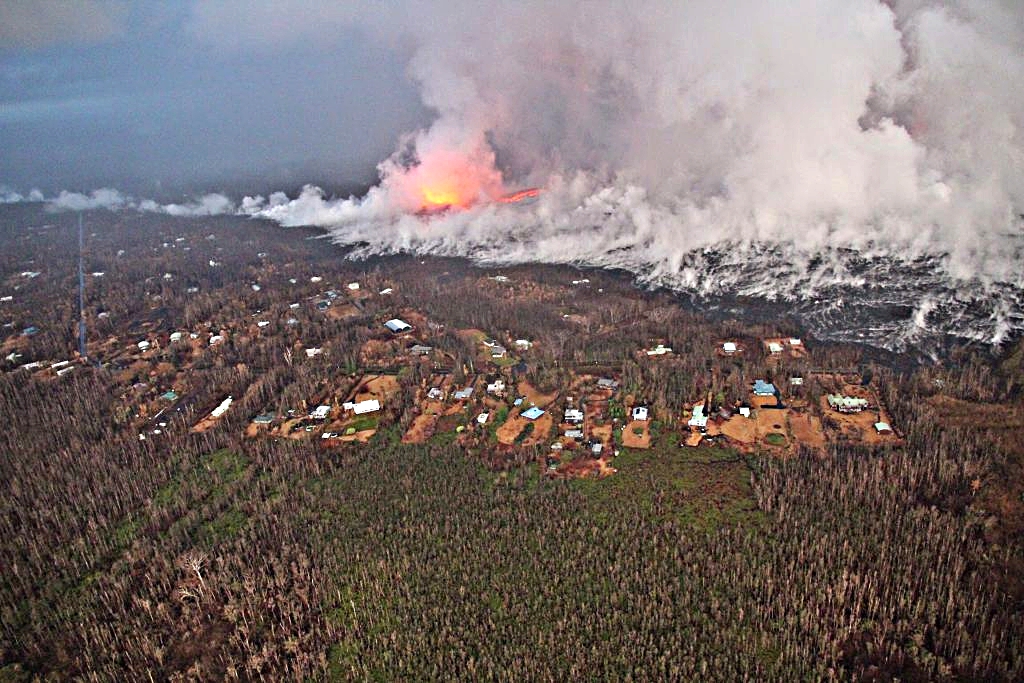
Fissure 8 and Leilani Estates viewed from the south. Houses in the foreground are located in the southern portion of Leilani Estates. Fissure 8 and surrounding lava and tephra deposits are shrouded in steam, caused by rain water being heated by the warm deposits. August 2018, PC: USGS
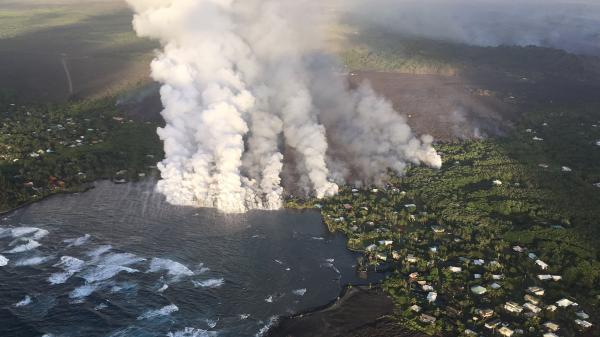
An overflight at approximately 6:13 a.m. shows the lava flow originating from Fissure 8 (not visible in photograph) entering Kapoho Bay. The ocean entry was reported to have occurred by 10:30 p.m. on the night of June 3, 2018. PC: USGS

Fissure 7 began erupting on May 6, 2018, around dawn and was active for several hours. At the peak of its activity, large bubble bursts occurred at one spot (lower left) in the fissure while spattering was present in other portions. A short lava flow was erupted from the fissure around 8 a.m. HST, moving northeast and crossing Hookupu St. PC: USGS

Hurricane Lane, Aug. 22, 2018, 9:30 a.m.





